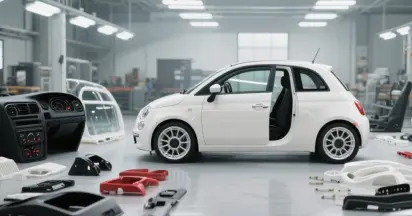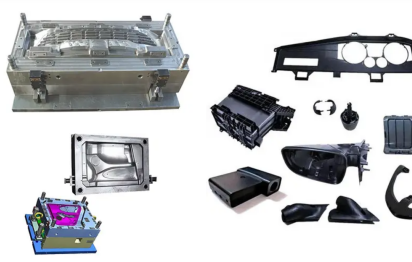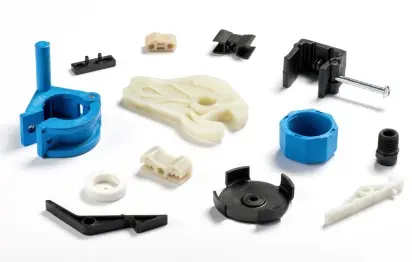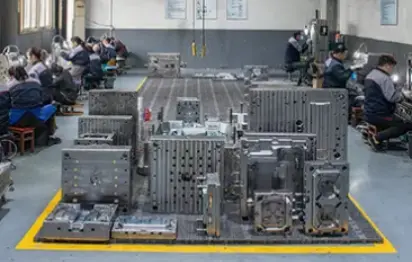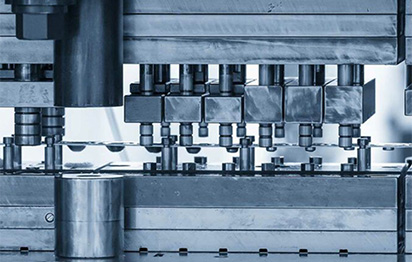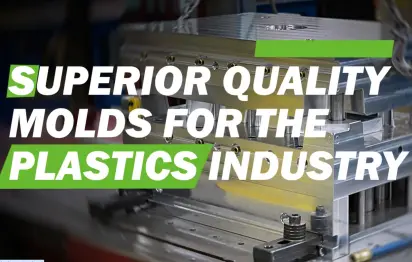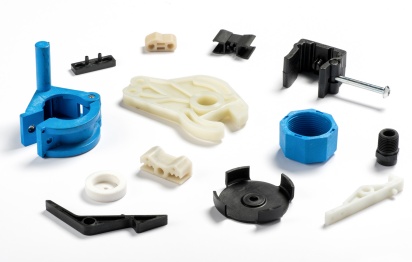Injection Molding in Automotive Manufacturing: Revolutionizing Production
The Injection Molding process has become an integral part of automotive production and has revolutionized the industry. This is especially apparent with the capability of molding intricate parts with unmatched accuracy and efficiency. In this blog, we will focus on how injection molding has transformed theautomotive sector by exploring its advantages and what the future holds for the industry.
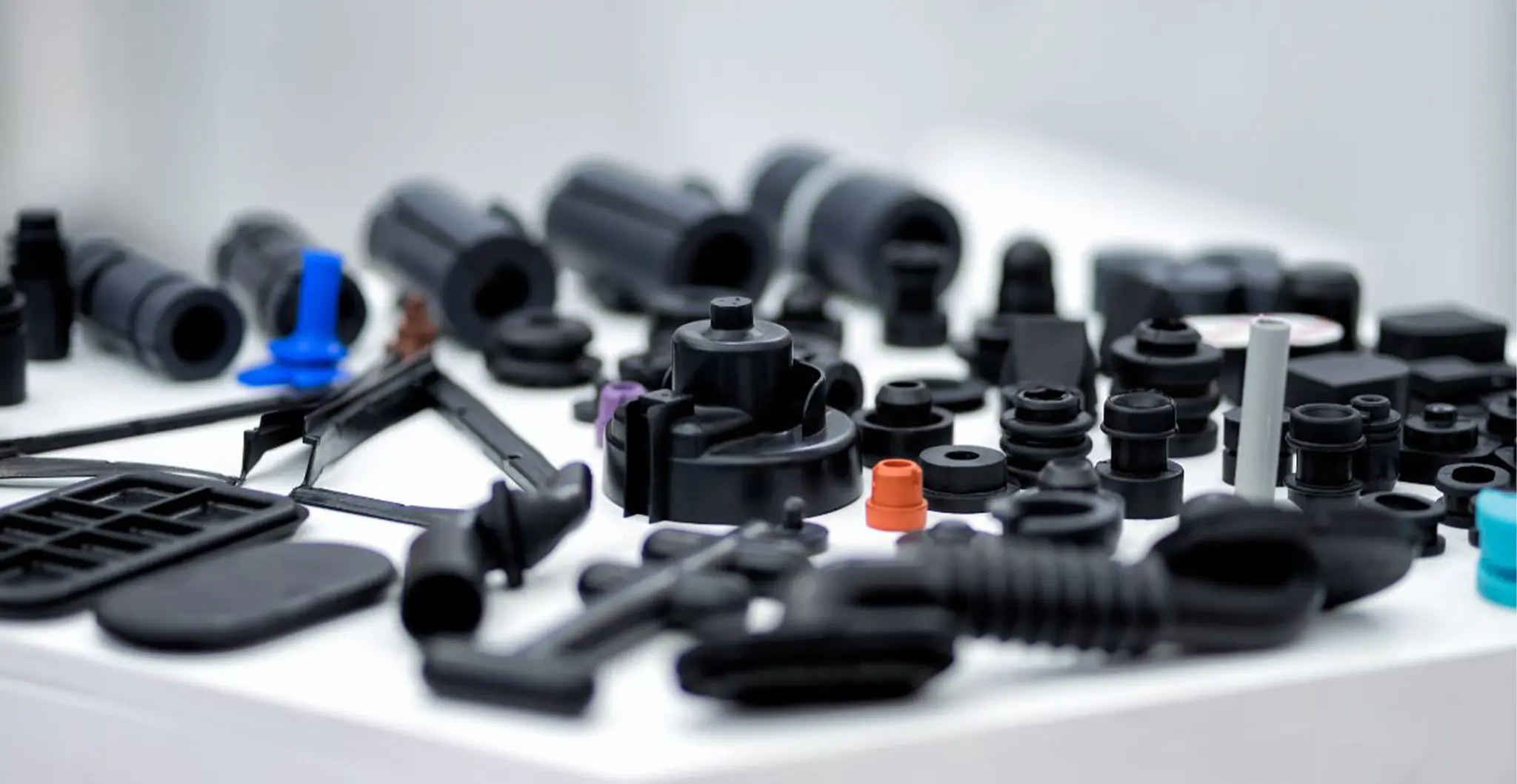
The Role of Injection Molding in Automotive Manufacturing
Injection molding offers automotive manufacturers several advantages that make it indispensable to their production processes:
- Cost Efficiency
When it comes to producing molds, the initial costs tend to be extremely high. However, once those molds are made, the subsequent expenses affiliated with each manufactured part tend to be considerably economical. This is very beneficial to the automotive sector, where mass production is the norm.
- Precision and Consistency
Unlike other processes, injection molding is highly accurate and provides unmatched consistency across every component made, regardless of it being a small connector or a large body panel. The adherence to automotive standards sense of consistency within each part is essential quality and safety control in automotive production.
- Complex Geometries
Automotive parts often feature complex shapes that would be difficult or expensive to manufacture using traditional methods. However, the use of injection molding allows for more flexibility of intricate designs and geometric shapes, reducing the need for additional assembly or machining.
- Material Versatility
Injection molding can use a wide range of materials, from lightweight plastics to durable metals. This allows automakers to select the material that best suits each part’s specific function and performance requirements, such as strength, flexibility and heat resistance.
- Shorter Production Cycles
Compared to many other manufacturing methods, injection molding allows for shorter production cycles. This is critical in the automotive industry, where production timelines are tight and delays can result in huge costs.
Key Automotive Applications of Injection Molding
Injection molding is used in a wide array of automotive applications:
- Interior Components:Parts like dashboard panels, center consoles, door trim, and glove compartments are made using injection molding, providing both durability and aesthetics.
- Exterior Components: Bumpers, grille frames and lamp housings can all be efficiently produced using injection molding, ensuring that the components are lightweight and strong enough to withstand the elements.
- Under-the-Hood Components:Injection molding is also used for key components such as air ducts, battery covers and engine brackets, where material strength and heat resistance are critical.
- Small Components:Small parts such as connectors, clips and fasteners are also often produced using injection molding, and the precision of the process ensures a perfect fit every time.
Future Trends in Injection Molding for the Automotive Industry
As the automotive industry continues to evolve, so too will the role of injection molding. Some of the trends shaping its future include:
- Electric Vehicles (EVs):The rise of electric vehicles has created new opportunities for injection molding, especially in the development of lightweight components that improve efficiency and range.
- Sustainability: The demand for environmentally friendly materials is driving innovation in injection molding. Manufacturers are increasingly turning to recycled and bio-based plastics to reduce the environmental impact of their production.
- Automation and 3D Printing:Advances in automation and 3D printing have made the injection molding process more efficient. Robots and AI can optimize the molding process to increase precision, while 3D printing can create more complex, customized molds.
Conclusion
Injection molding is a key process in automotive manufacturing, which can cost-effectively produce high-precision complex parts to meet the needs of modern vehicles. As the automotive industry continues to pursue more innovative and sustainable solutions, injection molding will play an increasingly important role in shaping the future of automotive design and manufacturing.






